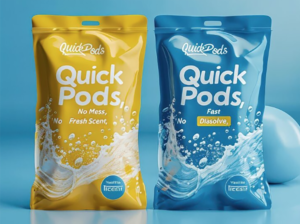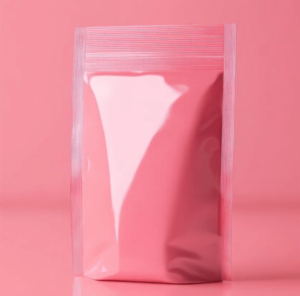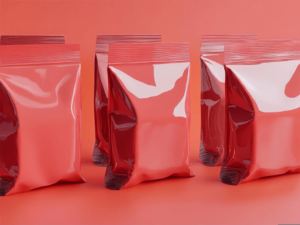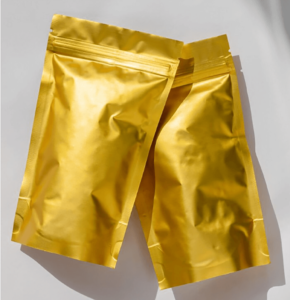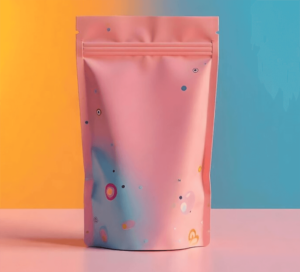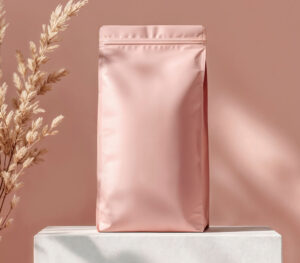For today’s startups, an environmentally conscious brand identity is a powerful asset. Flexible packaging, with its efficiency and versatility, is often a first choice, but making authentic green marketing claims can be a minefield of regulations and consumer skepticism. This guide provides a framework for new brands to navigate these waters honestly and effectively. The key is to move beyond superficial greenwashing and to back up every environmental claim with verifiable data and transparent actions. This approach not only builds credibility and trust with eco-conscious consumers but also future-proofs the brand against regulatory scrutiny.
Digital vs. Flexographic Printing: A Decision Framework for New Brands
Choosing a printing method is a critical early decision for any startup. Digital vs. flexographic printing each offers distinct advantages. Digital printing is ideal for small batches, allowing for quick turnaround, design flexibility, and cost-effective prototyping. It’s a great choice for new brands testing the market with multiple SKUs or limited-run products. Flexographic printing, on the other hand, is a more economical choice for large-volume orders. While the initial setup costs are higher, the per-unit price drops significantly, making it the go-to for scaling up production. The decision framework for new brands should weigh initial investment against anticipated volume and the need for design agility.
In the world of direct-to-consumer (DTC) sales, the package is the first physical touchpoint with the customer. Unboxing experience engineering is a strategic process to make this moment memorable. For liquid products, the spout pouch is a unique tool. Its stand-up design, coupled with a convenient spout, offers a high-end feel that contrasts with traditional bottles. By carefully designing the pouch’s graphics, material finish, and the spout’s ease of use, brands can create an experience that feels both premium and thoughtful, encouraging customer loyalty and positive reviews.
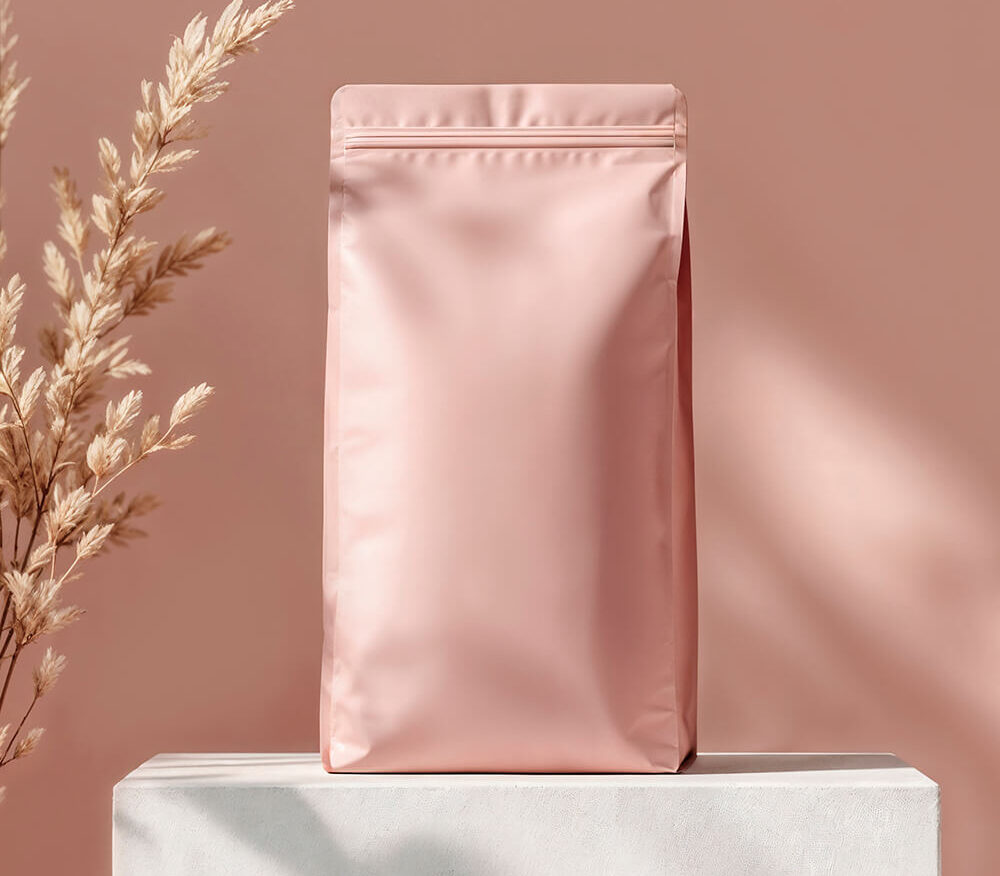
Just-in-Time vs. Bulk Ordering: Supply Chain Strategies for Growing Brands
Managing inventory is a constant balancing act for a growing business. Just-in-time vs. bulk ordering represents two very different packaging supply chain strategies. Just-in-time (JIT) ordering minimizes storage costs and ties up less capital. It allows a brand to react quickly to market changes and to easily update packaging designs. However, it can leave a company vulnerable to supply chain disruptions. Bulk ordering, while requiring more upfront investment and storage space, offers a lower per-unit cost and provides a buffer against supply chain issues. The optimal strategy for a growing brand is often a hybrid approach, starting with JIT and gradually moving towards bulk as demand stabilizes.
For many startups, sourcing from overseas manufacturers is a cost-effective choice. However, it introduces significant risks. Robust quality assurance protocols are essential to ensure the integrity of the packaging. These protocols should include detailed technical specifications, on-site audits of the manufacturing facility, and a clear inspection process for every shipment. It’s crucial to have clear communication channels and a well-defined process for handling defects. By establishing these protocols early, a brand can mitigate the risks associated with global sourcing and maintain consistent product quality.
Risk Management Strategies for Packaging-Related Business Interruptions
A failure in the packaging supply chain can halt a business entirely. Risk management strategies are therefore vital. This includes having a diverse supplier base, maintaining a small buffer of finished packaging inventory, and developing a contingency plan for common issues like shipping delays or production errors. By identifying potential vulnerabilities and preparing proactive solutions, a startup can ensure that packaging-related business interruptions do not cripple their operations.
Before committing to a large production run, it’s wise for a startup to validate its packaging design. Packaging focus groups offer a cost-effective way to gather this crucial feedback. Instead of expensive professional research, startups can conduct informal sessions with their target audience, using mockups or 3D renderings. These discussions can reveal invaluable insights into a design’s aesthetics, functionality, and perceived value. This approach allows a brand to make informed design decisions and avoid costly mistakes.
Promotional Packaging Tactics for Liquid Product Startups: Limited Editions and Special Releases
For a new brand, creating excitement is paramount. Promotional packaging tactics, such as limited editions and special releases, are a powerful way to do this. By offering a product in a unique package for a short time, a brand can generate buzz, drive urgency, and reward loyal customers. This strategy not only increases sales but also provides a brand with new content for social media and marketing campaigns, keeping it relevant and engaging.
As a brand grows, manual labor becomes a bottleneck. The question is when to invest in automated filling technology. The decision is usually driven by volume and efficiency. When the cost of labor to manually fill products begins to exceed the cost of an automated system, it’s time to make the transition. Automated filling technology reduces human error, increases throughput, and ensures consistency, all of which are critical for scaling up production and maintaining quality.
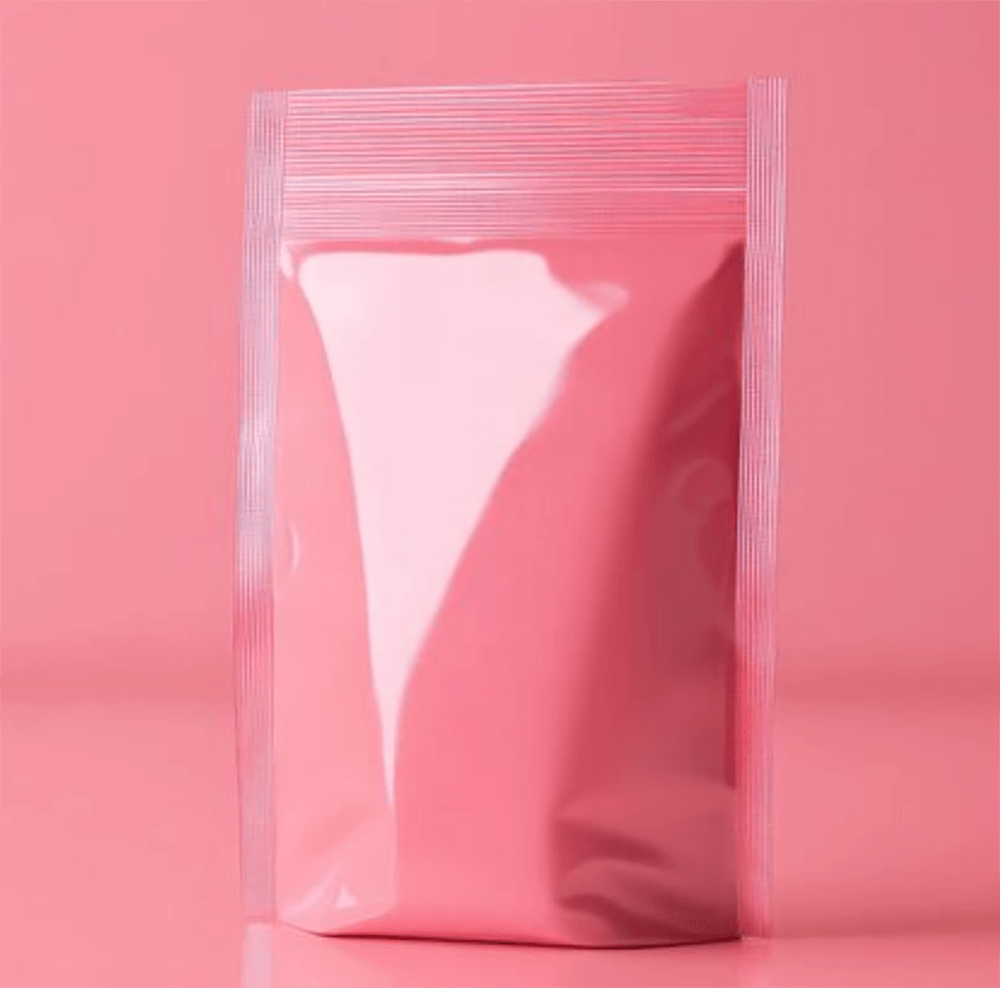
Designing for Trust: Packaging Elements That Build Credibility for New-to-Market Brands
For a new brand, the packaging must immediately build credibility. Designing for trust involves incorporating elements that signal quality and transparency. These include a clean, professional aesthetic, clear and accurate product information, and a visible commitment to sustainability. Tamper-evident seals, for instance, reassure customers of product safety, while a simple, honest brand story on the back of the package can foster a deeper connection.
In the retail environment, a product’s visibility can make or break its success. Packaging design for multiple viewing angles is a strategic way to stand out. A pouch may be seen from the front on a shelf, from the side in a refrigerated case, or from above in a shopping basket. By ensuring the key branding and information are visible from all angles, a brand can maximize visibility and capture consumer attention in a crowded and competitive space.
Intellectual Property Protection for Packaging Design: Cost-Effective Strategies for New Brands
A unique package design can be a valuable asset. Intellectual property (IP) protection is essential for new brands to safeguard their investment. Cost-effective strategies include registering the brand name as a trademark and documenting the design process to establish a clear claim to the creative work. While patenting a design can be expensive, these initial steps can provide a strong legal foundation to protect against counterfeiting and unauthorized use, ensuring that the brand’s identity remains unique.
When a startup launches new products, a clear and consistent visual identity is key. Color coding and visual differentiation strategies help consumers quickly distinguish between product line extensions. This can be as simple as using different colored caps or a distinct strip of color on the pouch. For products with similar packaging, these cues are essential for preventing confusion and ensuring a seamless shopping experience.

